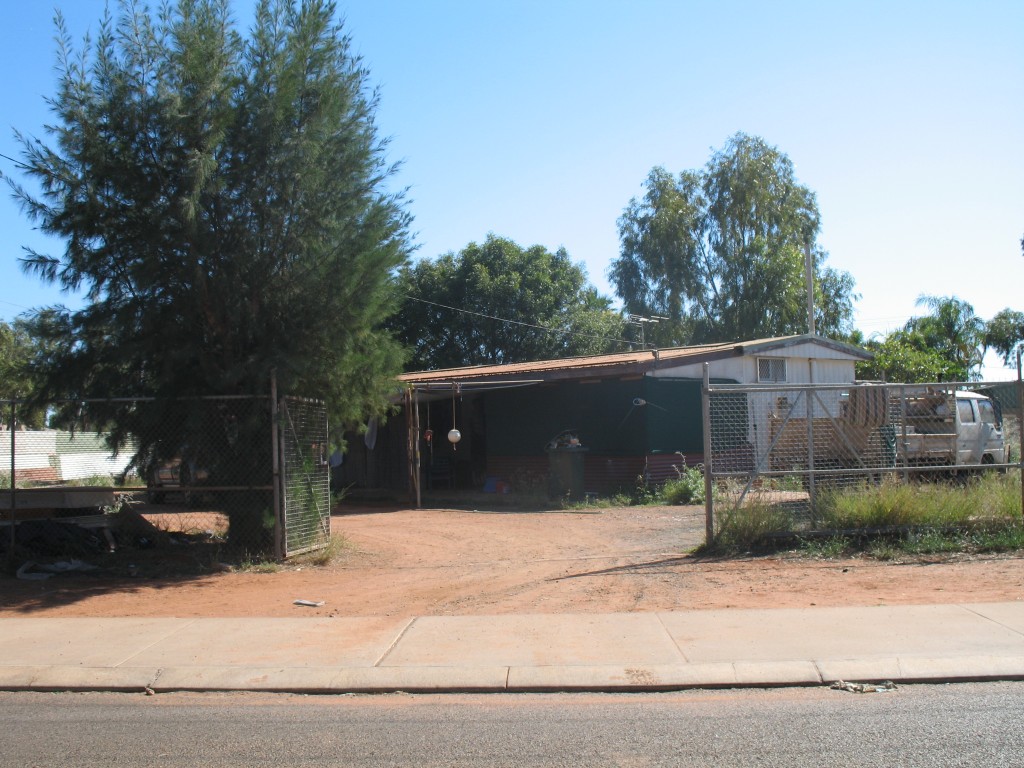Shay Gap was a mining town east of Port Hedland. It was space age back in the day and revolutionary. That’s just what mining companies did to keep their workforce local.
History of South Hedland
The Port Hedland Historical Society has written a brief on the history of South Hedland, post code 6722.
You can read more about it here: History of South Hedland
The oldest history of South Hedland can be seen in its signature pundul trees. These trees are remnants of Gondwanaland forest, from before the ice ages, more than 2 million years ago.
In aboriginal mythology the pundul were the source of maparn, or special powers.
In 1968 Port Hedland Shire Council resolved to establish the residential area of South Hedland. The name was approved in 1969 and the town was gazetted in 1973.
Building infrastructure commenced in South Hedland in 1970. The State Housing Commission was responsible for the construction and selected town planners Dr A Comar and Associates. The plan for the area was based on Radburn, with houses facing inwards to footpaths to give safe, walkable access to the schools and shops. That meant visitors arriving by car would enter in the back door of the home. To most locals including elected councillors at the time, the design was a complete disaster.
The first house built in Lawson, the first cell of South Hedland, is located at 46 Pedlar Street (Ref. Peter Starling).
By 1972, there were 250 houses in Lawson along with the South Hedland caravan park next to the football oval.
This bold design experiment came under fire by the Shire’s building surveyor, Mr Ron Britten. He said it was a “tragedy of design” that wouldn’t have been approved by the Town Planning Board. The back to front houses offered little streetscape to the locality, the design was inefficient for travel and provided little relief from the heat.
A review of the plan in 1974 found that while Corboys Place in Nucleus 1 was only 400 metres away from Bottlebrush Crescent in Nucleus 4, a vehicle journey between the two would be about one and a half kilometres. A significant redesign was called for to build easier connecting roads and streetscape appeal.
Significantly, the Pilbara got its first high rise flats in South Hedland, the tallest residential building between Perth and Darwin. The flats were purpose built for Mt Newman Mining’s single men’s quarters.
South Hedland continues to be an experimental residential area of the Shire of Port Hedland. Its transformation from back to front housing with little street appeal, to newly built amenities which are under pressure to deliver, makes South Hedland an intriguing place to study with all its complexities.
A visit to South Hedland is a must for all current and future town planners in local government.
For further information on Radburn town planning design, see:
Some Housing Experiments on Radburn Principles, J Lewis Womersley, 2011.

